Half hidden under the southern archway of the Salzburg Cathedral, this statue is a grim representation of a cloaked, well, empty figure. The onlookers are left wondering what or who it represents, and each one of the visitors see in this something different, based on each person’s understanding of life, death, suffering, the vanity of humans in thinking we’re eternal, and such.
The statue is named Die Pietá (The Pietá), and of course, it cannot be confused with the work of Michelangelo, of the (almost) same name, which is found in the St. Peter’s Basilica, Vatican. Does it resemble to it? Apart from the sadness and humbleness one feels by looking at it, not much else.
Die Pietá here is the work of Czech Artist Ann Chromy, made in 1999 by commission of the Salzburg archbishop of the time. It is said it is inspired by Mozart’s “Don Giovanni” and Hofmannsthal’s “Jedermann”. There is an engraved inscription on its base which reads: “The empty mantle as a symbol of that which survives us: the love we gave, the works we created, the suffering we bore.”
It is also known as the “Cloak of Conscience”, and I would suspect this has something to do with the feeling one has, looking deep in the hollow space of an inexistent face. It is almost hypnotic, because you get drawn to the blackness of the cloak like you would by looking into the eyes of a Crystal Skull. You get the feeling you are completely alone, staring your own conscience and mortality in the face.
As a joke, someone pointed me to the fact that this statue resembles the Nazgul of the Lord of the Rings trilogy. Perhaps it does, although my first thought when gazing upon it was that of Death itself. So, perhaps the Nazgul is not so farfetched a comparison; after all, Tolkien most probably imagined these hellish creatures to be something resembling Death, or rather the Un-Death. Because that is what they are, coming from the abyss of our nightmares to haunt us.
So, each of us mortals can see something different in this: our own mortality, our own fears, failures, our most inner and intimate thoughts of what expects us after life. Of course, if there is such a thing as after life.
Nikon FM3a, Kodak Tri-X 400.
Share this post:
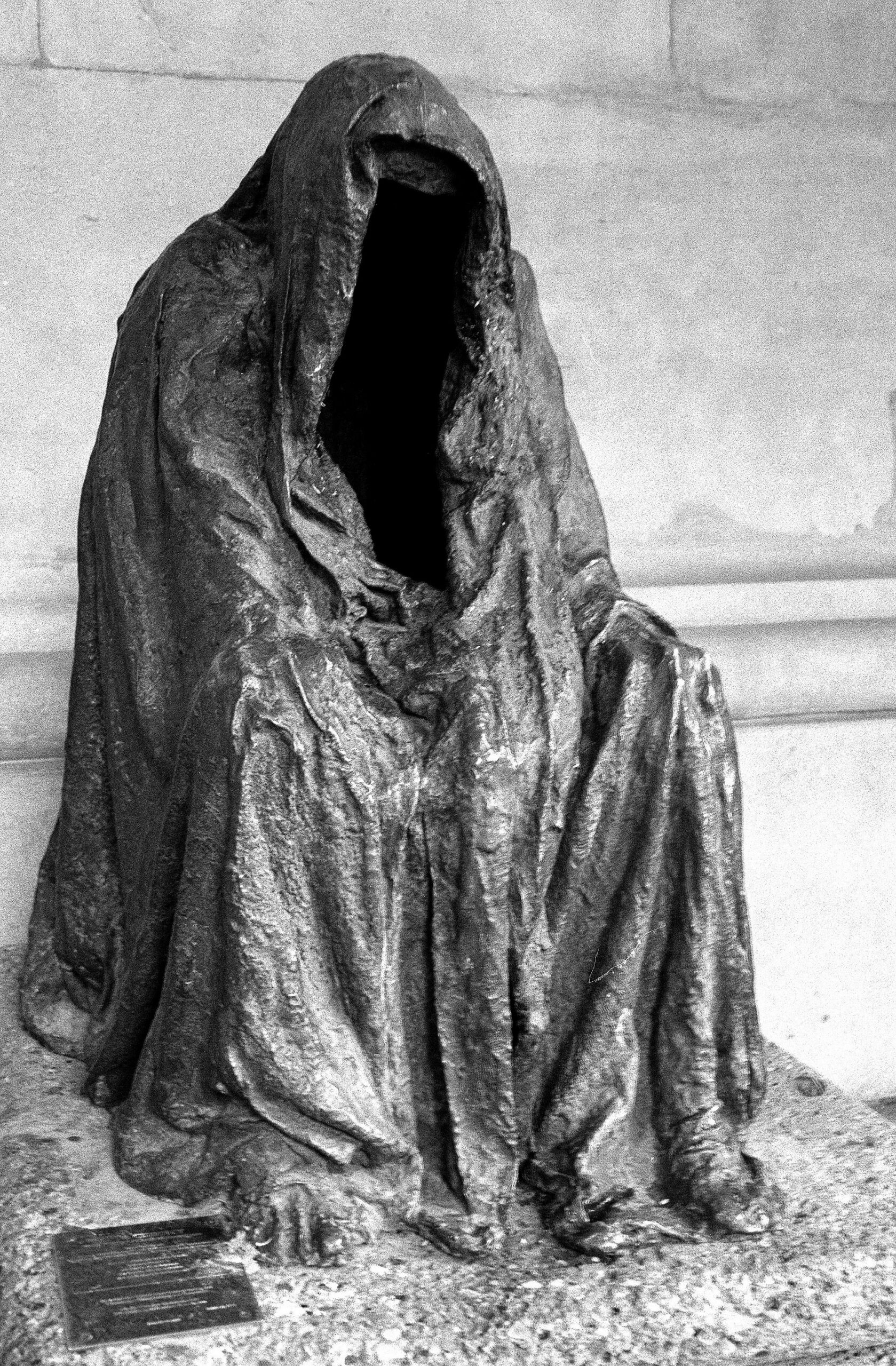

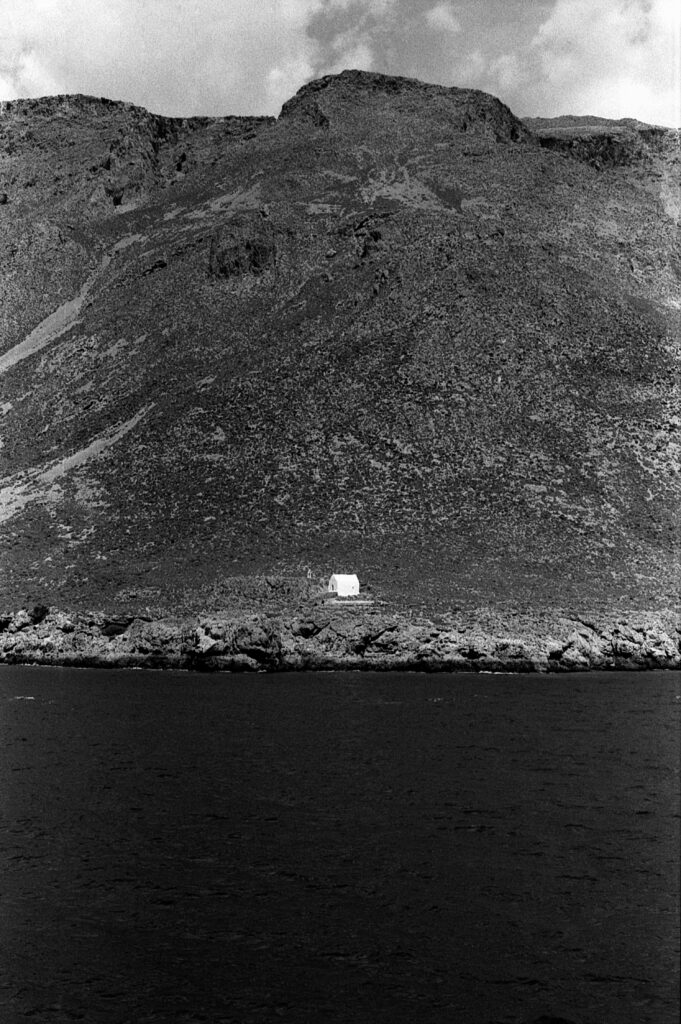

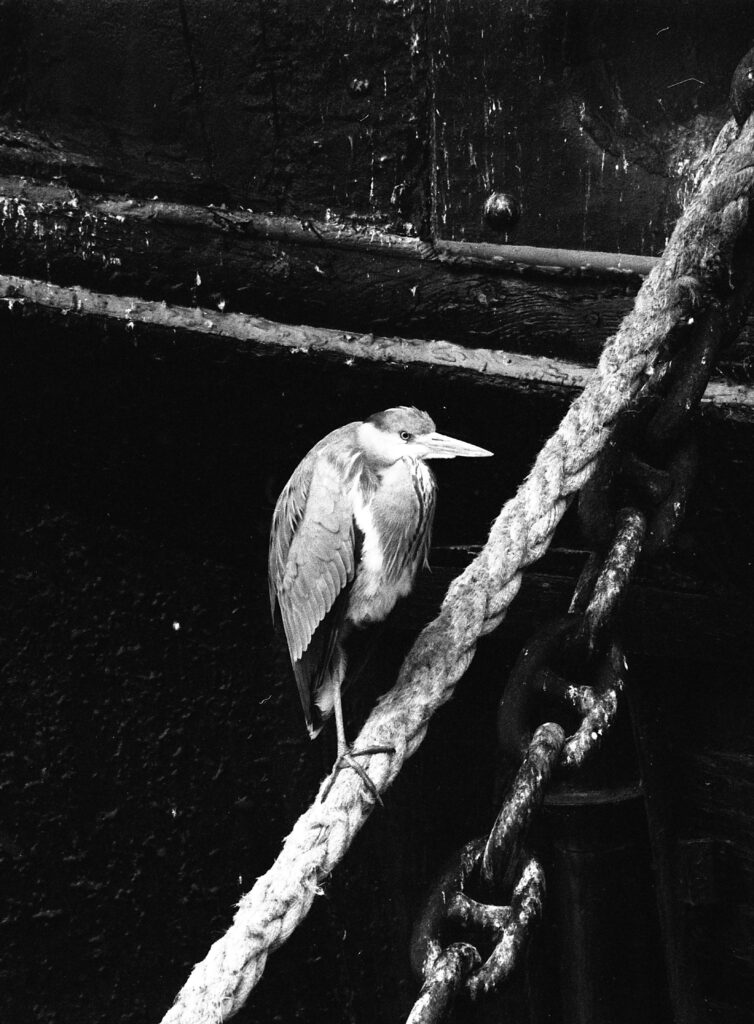

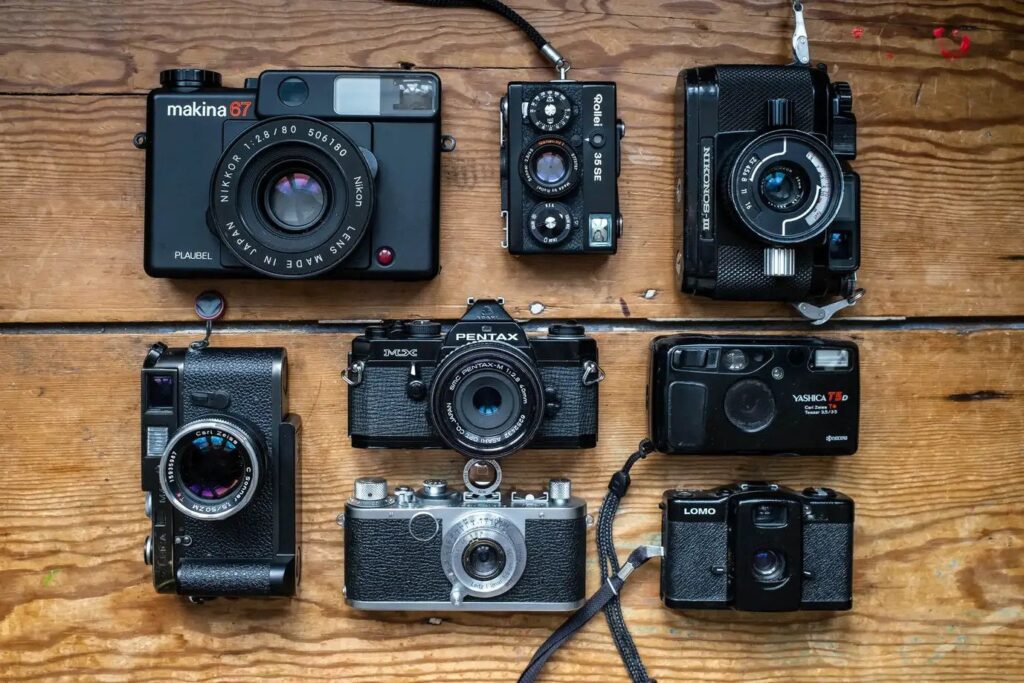
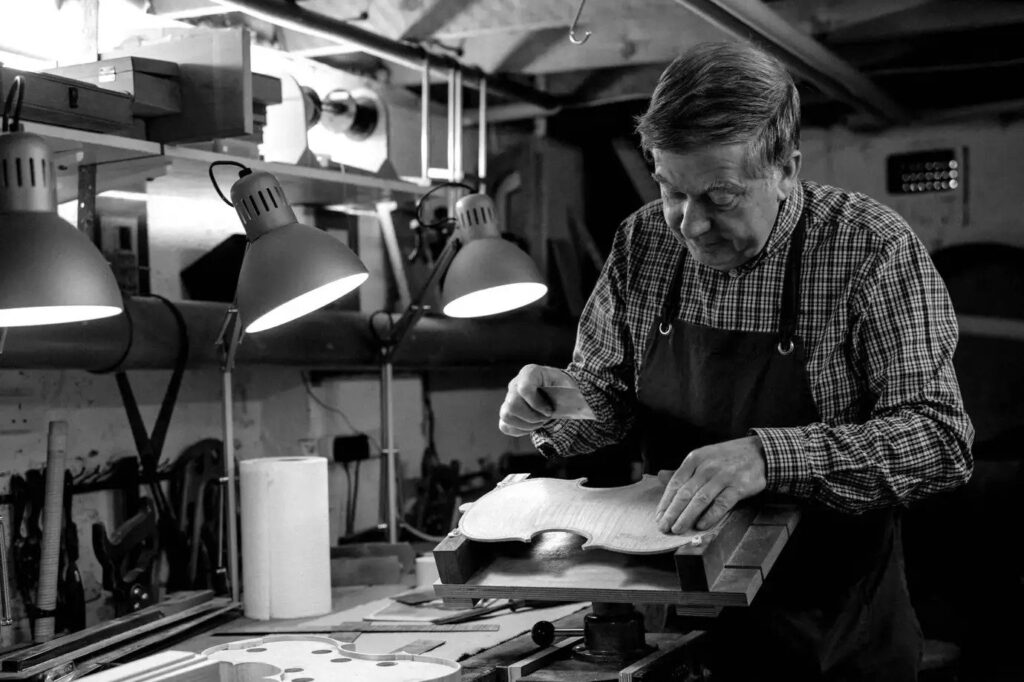
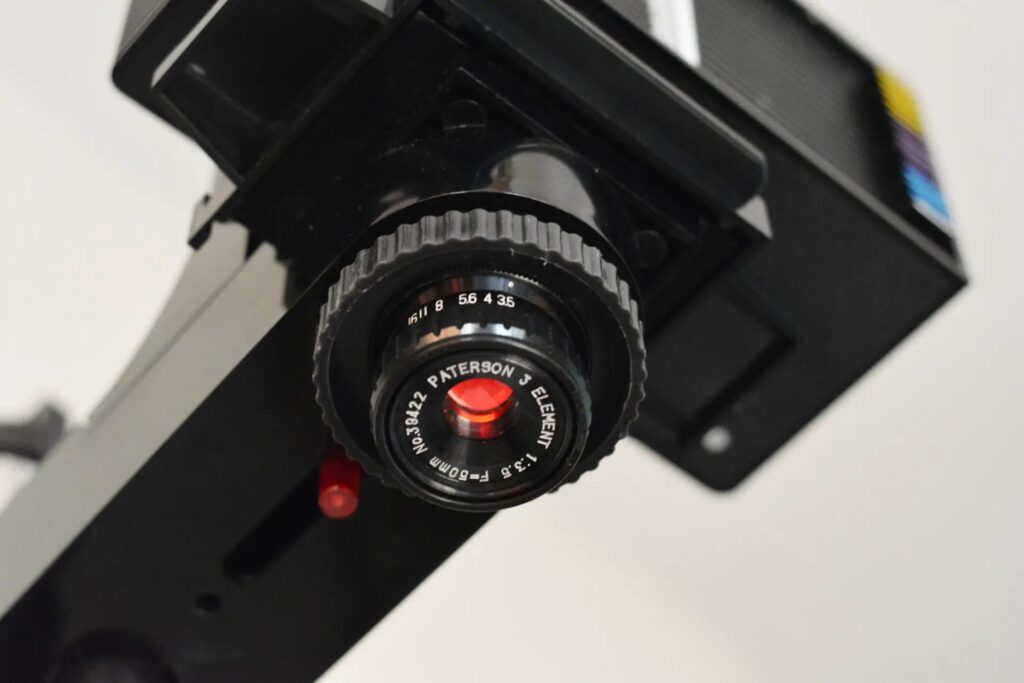
Comments
Martin on When Nothingness Stares Back
Comment posted: 26/02/2025
Thanks for another great one-shot-story/reflection
Comment posted: 26/02/2025
Bradley Newman on When Nothingness Stares Back
Comment posted: 26/02/2025
Comment posted: 26/02/2025
Ron on When Nothingness Stares Back
Comment posted: 26/02/2025
Comment posted: 26/02/2025
Comment posted: 26/02/2025
Gary Smith on When Nothingness Stares Back
Comment posted: 26/02/2025
Comment posted: 26/02/2025
Tony Warren on When Nothingness Stares Back
Comment posted: 26/02/2025
Comment posted: 26/02/2025
Russ Rosener on When Nothingness Stares Back
Comment posted: 27/02/2025
Comment posted: 27/02/2025
Daniel Castelli on When Nothingness Stares Back
Comment posted: 27/02/2025
Comment posted: 27/02/2025
Jeffery Luhn on When Nothingness Stares Back
Comment posted: 02/03/2025
I think that figure makes any and all viewers feel empathy for the subject. Anyway, that's my reaction. It's a very dramatic figure and a very good photo.
Comment posted: 02/03/2025
jason gold on When Nothingness Stares Back
Comment posted: 30/03/2025